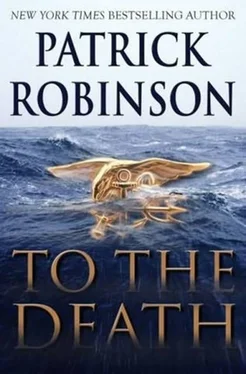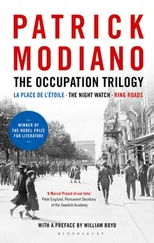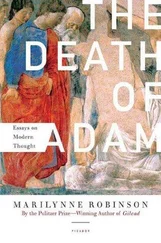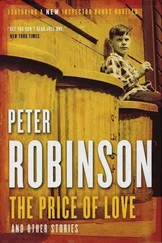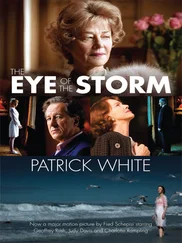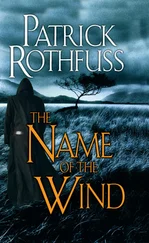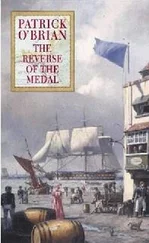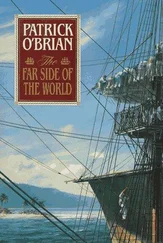Nonetheless, the farm marketing executive from Northern Europe, Haakon Fretheim, quickly became a familiar figure in the building, perceived as a busy, industrious, and courteous gentleman who worked erratic hours for an accountant.
0900 Saturday 28 July Southall, West London
Ravi drove out to the workshops of Prenjit Kumar alone. He parked the car in the same spot and was led down to the basement by the gunsmith himself. And there, lying open on the red baize beneath the light, was a hand-tooled brown leather case containing all the parts of an Austrian SSG 69 sniper rifle, each one set into precision grooves carved into a black velvet interior.
The barrel rested in its own groove, above the main firing section, which contained the bolt and the magazine, plus the trigger and guard. The silencer also had its own section, around which were set the light metal components which would form the newly designed stock, made specifically to fit General Rashood’s shoulder and arm length. Along the bottom part of the interior were spaces for six of the exploding bullets, and the gunsights.
“Problems?” asked Ravi.
“None,” replied Kumar, “except that I have had no sleep for a week.”
“Then you have earned your money,” he said. “Perhaps you would assemble the rifle and then I’ll dismantle it and put it together myself.”
“Of course,” replied the Bengali gunsmith. “And I hope you agree, this is the most beautiful object, a work of art. Very light and very deadly.”
He removed the main firing section from the case and picked up the barrel carefully, as if he were handling precious gems. Expertly he screwed the barrel into place, and then clipped in the sights.
He took out the metal plate that screwed into the neck behind the trigger guard, and then took two silver struts for the stock and screwed each one into place, using just his fingers. The top one went out straight, perpendicular. The second was set at more of an angle, but finished level at the end. Then he took the cast-bronze base of the stock, made to fit Ravi ’s shoulder precisely, and clipped it onto the struts, forming the outline shape of a rifle stock, but without the bulk. Ravi looked on approvingly.
Above the magazine there were two clips, set five inches apart. To these Kumar attached the telescopic sight, sliding it into place and locking it securely. Finally he screwed the silencer into the barrel. And then he held the rifle at arm’s length and said, admiringly, “Magnificent, hah?”
Ravi took it from him and held it against his shoulder, staring into the telescopic sight, straight at the crosshairs. Then he relaxed and held the rifle in the palms of both hands, away from his body, as if weighing it, balancing it. During his years in the SAS, this weapon, or one precisely like it, had been like an old friend-super accurate, super quiet, and super reliable, all the qualities a professional sniper requires.
This SSG looked different now. But it felt the same, a little lighter, but with the same familiar well-balanced deadliness about it.
“Can we try it?” he asked.
“Certainly,” said Kumar. “Follow me. I’ll bring a half dozen practice bullets.” He walked to a door set halfway along the exterior wall, opened it, and beckoned Ravi through. The corridor was well lit, and they walked maybe twenty yards to an indoor shooting range-a long dark tunnel, lit only at the far end, where a large target had been set on an easel. There were wires attached to the target, which was a twelve-inch-wide bull’s-eye. In front of Ravi just below shoulder level was a countertop on which to lean.
“You have five bullets,” said Kumar. “Let’s see how the rifle suits you.”
Ravi leaned forward and, pushing the specially designed safety catch, freed up the rifle to fire. He aimed carefully, placing the crosshairs right across the red heart of the target. He squeezed the trigger, but the target was fifty yards away and it was difficult to see the result of his marksmanship.
In fact, Ravi took no notice of his success or failure. He just fired all five, and then signaled for Mr. Kumar to pull up the target for inspection. The Indian wound it in with a small wheel, exactly the same as in a fairground, but he raised his eyebrows when he checked the piece of cardboard.
All five bullets had gone through virtually the same hole. To the left, there was a very slight bulge, maybe an eighth of an inch, and at the bottom there was another minuscule variance. None of the five shots had strayed beyond the basic red circle of the bull.
“Very nice, Mr. Spencer. Very nice indeed. It’s a privilege to be in the company of a master.”
“Sentiments I share,” replied Ravi. “This is an outstanding rifle, and I thank you.”
Together they walked back into the main workshop, and Ravi carefully dismantled the weapon, placing each piece into its allotted slot in the new case. He took his time and then clipped the case shut. He handed over a large brown envelope that contained the balance of the money, again two hundred £50 notes. And again, Prenjit Kumar did not count it.
This omission was noted by Ravi, who perfectly understood that there had been no necessity to check the cash for the down payment last week, since he was scheduled to return. This, however, was different. After today, Ravi would probably never see the gunsmith again, and he looked up and said, “You don’t want to count it?”
The Bengali smiled. “Of course not,” he replied. “I know when I am in the presence of a gentleman.”
And then he presented Ravi with a heavy cardboard box, around five inches square and three deep. “There’s thirty practice bullets in here,” he said. “You will want to adjust the sights for perfect vision from the precise distance of your target. It may take a while, of trial and error, so I have given you plenty of ammunition. Here also are three targets that may be useful.”
General Rashood smiled and thanked him. He offered his hand and said quietly, “Mr. Kumar, there are only five people in the world who know that you have made this rifle for me. Two of them you know, and all of them I know. Should anyone discover our secret, all four of us will know that you have been indiscreet. I am sure you understand what the penalty would be.”
“Mr. Spencer,” he replied, “my own risk is equally great. There will be no indiscretions, I assure you.”
Before he led Ravi up the green-carpeted stairs to the front door, he presented him with one further item, wrapped in a black velvet bag. “This is the pistol you requested. It’s a new Austrian Glock 17 9mm. The safety catch comes off when the trigger is pressed. It will not discharge if you drop it. And it will not let you down.”
Once more they shook hands, and the master terrorist softly said good-bye to the gunsmith from Bengal.
He drove back to the embassy in a thoughtful mood, aware that this was Saturday and of how much he longed to take Shakira out for the evening, perhaps the theatre, and then dinner at the Ivy where the “stars” are apt to gather after a show. Ravi did not have a shred of time for self-obsessed play-actors or any other kind of celebrities, but Shakira would have loved it. Anyway, he doubted that he could have secured a table.
And a much bigger “anyway” was that the entire thing was out of the question. One recognition, by anyone from his former life, and he’d either have to kill them or flee the country. So once more he faced up to a long waiting day at the embassy. Aside from the boredom, he was, however, eternally grateful for the perfection of the cover he enjoyed behind the ramparts of No. 8 Belgrave Square.
Up in their bedroom, he presented Shakira with the pistol, which Kumar had thoughtfully loaded, and Shakira did precisely as she was told and placed it in her large handbag. “You will carry that wherever you go,” he told her. “We have many enemies.”
Читать дальше
